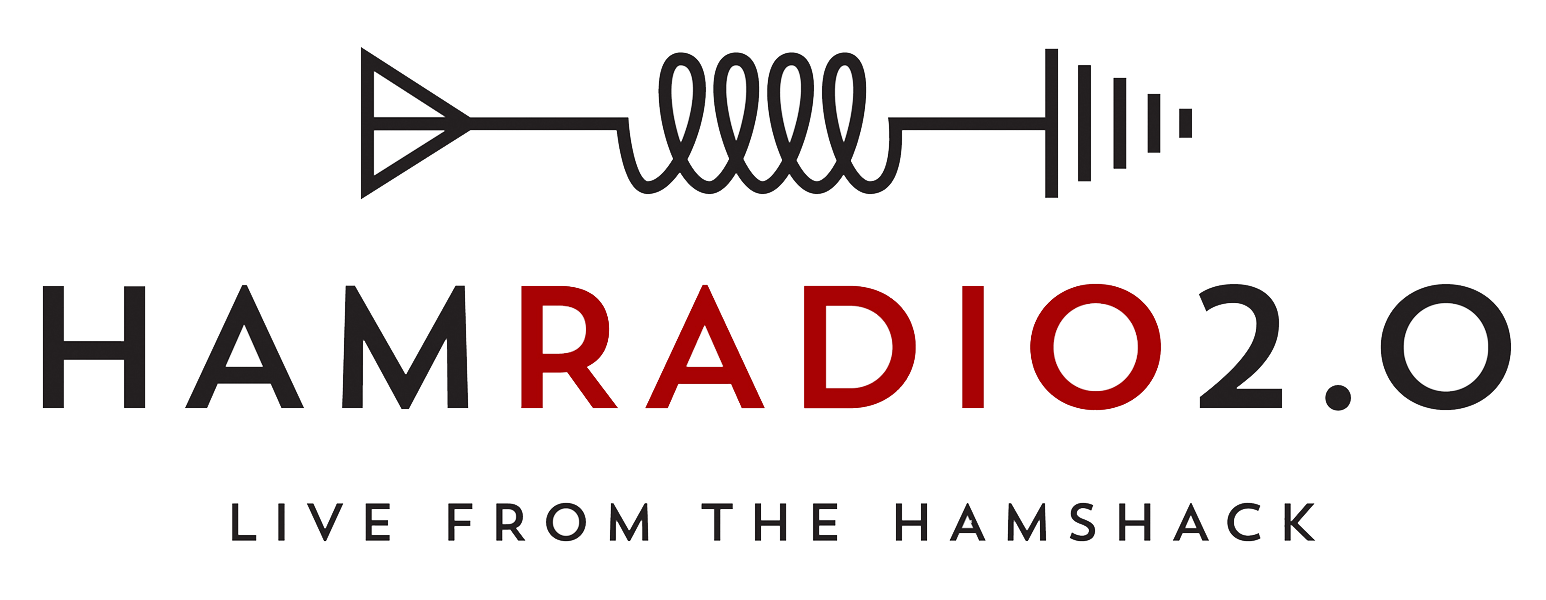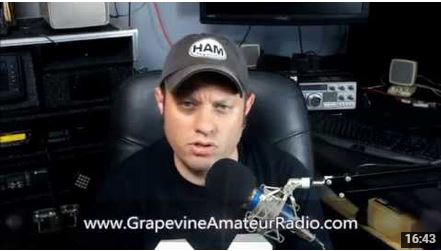Baofeng and Pofung are the same company, so if you see this video or blog post that is talking about the Pofung UV-82HP, just be aware that is the same as a Baofeng UV-82HP. I’m told that the reason they changed it is because POFUNG is closer to the correct pronunciation of Baofeng. But who knows…
The UV82 is probably the best model of radio that Baofeng/Pofung has, to date. It has a better receiver than the UV5R, it is more durable than the UV5R, and the antenna actually works. If you have purchased a UV5R in the past, then you likely know that the antenna is garbage, and needs replacing. Once you put a real antenna on that radio, such as the Nagoya NA-701 or NA-771, then you can see a huge difference. If you haven’t tried that yet, do it now. But with the UV-82 series of radios, this isn’t necessary (although you would still get better performance with the NA-771 due to it being taller)
To date, Pofung has 3 models of the UV82 radio:
- The original UV-82, which is a 2M/440 dual band HT
- The UV-82X, which is the 2M/220 dual band HT
- The UV-82HP which is the 8-watt version of the 2M/440 HT.
There are sites on the internet where you will find the UV-82C or UV-82L. As far as I can tell, there is no difference in these radios, similar to the multiple names of the UV5R. You might also run across the UV-82DX, but this is the same thing as the UV-82HP. I’ve also seen some sites claim that the UV-82HP is a 7-watt model. It is possible that Pofung has released different versions of the same model of radio, a typical Chinese action, but this radio in my video is stamped 8-watts on the back of the radio, and transmits 8 watts. You can see both of these facts in the video below.



Just an FYI the 82C is different in the way that it is part 90 compliant (can lockout VFO from field tampering), it is the only UV82 that is part 90.
Nice video, the UV82 series is the best in the Baofeng lineup in my opinion.
Thanks John. I actually have one of the very first UV82s and it is also stamped Part 90 under the battery. It is not a “C” model though. I think the Chinese are a bit careless with this label – they just want you to buy their radios. So sometimes you have to be careful about the radio actually being what it is stamped to be.
I agree about the UV82 series being their best one.
73
You forgot the Part 90 regulations and rules that state a radio can only be programmed by software…. The UV-82C locks out the VFO and Menu access. You would know this by looking at any UV-82C add across the web. Along with the single push-to-talk feature. This is nothing new and goes back to the Baofeng F-11.
You also failed to mention the UV-82HP features or show the single push-to-talk and lockout options.
I appreciate your reviews; but believe you should mention everything the radios can do.
73s
Hi Jeff, thanks for commenting.
I just reviewed the Part 90 code on the FCC website, but I believe your information is incorrect about a radio that can only be programmed via software (unless you are talking about radios between 470-512MHz or in the 800/900 band). An example would be the Alinco DR-638T, which is Part90 compatible, full-transmit, and programmable from the front panel. Also several Chinese radios, including Baofeng, claim the Part 90 status. Granted, Chinese radios aren’t always accurate on these claims, but the Alinco being Part 90 with FPP makes me think your belief is incorrect, at least for the band capabilities that it has.
Also, I don’t go through all the features of every radio in my videos. I’ve mentioned this in several videos; they are mostly an overview. I’ve never done a video that details all menus/items/features in any radio. The dual PTT is one of the features of the UV82 series, so I am not sure why you’d want to lock it out, even though I know you can. It seems like a useless feature to me, so I didn’t care to mention it.
Thanks for watching.
Do not mean to ‘know it all’ but the code states:
———-
§90.203 Certification required.
(g) Transmitters having frequency programming capability and that are designed to operate above 25 MHz are exempt from paragraphs (e) and (f) of this section if the design of such transmitters:
(1) Is such that transmitters with external controls normally available to the operator must be internally modified to place the equipment in the programmable mode. Further, while in the programmable mode, the equipment shall not be capable of transmitting. The procedures for making the modification and altering the frequency program shall not be made available with the operating information normally supplied to the end user of the equipment; or
(2) Requires the tramsitter to be programmed for frequencies through controls normally inaccessible to the operator; or
(3) Requires equipment to be programmed for frequencies through use of external devices or specifically programmed modules made available only to service/maintenance personnel; or
(4) Requires equipment to be programmed through cloning (copying a program directly from another transmitter) using devices and procedures made available only to service/maintenance personnel.
———
Also look up the FCC-ID in the FCC database – and you will see a letter attachment with a guarantee from the applicant (Baofeng) that the end user cannot program the radio.
Just trying to help you out before you get yourself into trouble.
I read that code as being able to lockout the radio, which you can do on the “C” model and which you can do on that Alinco also. Your original comment states “only programmed via software” which isn’t implied in the code, nor is it true for either of those radios. So yea, you can lockout the radio so that the field user can’t reprogram it, but you can also unlock it to allow FPP.
I am in no danger of getting into trouble, as I do not use Part 90 radios. All the radios I use are on Amateur Bands, except for a couple of Motorolas that I have for GMRS. But I do appreciate your insight.
Jason